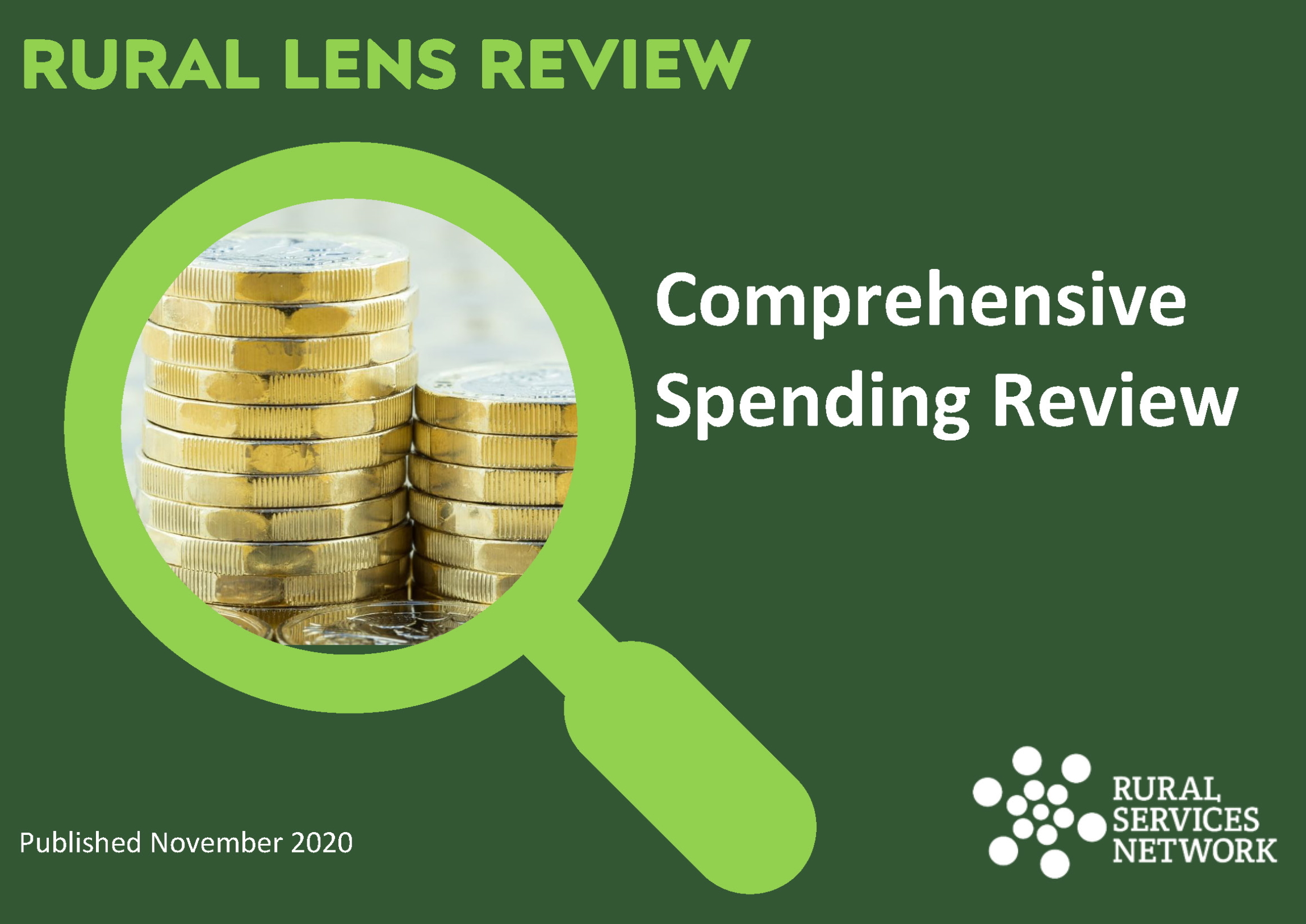T: 01822 851370 E: [email protected]
Visit RSN Survey about life in rural England to find out more.
Rural Review of the Comprehensive Spending Review
The Government has announced a one-year Spending Review for 2020, the long- term spending review being abandoned in favour of a short term approach to prioritise the response to Covid-19 and a focus on supporting jobs.
The Rural Services Network has examined the announcements in more detail and produced a rural review which can be downloaded here
Two key concerns for rural areas are:
- Continuing reliance on Council Tax to meet the costs of essential public services putting rural residents at a financial disadvantage.
The Government emphasises in the Spending Review that spending power for local authorities (i.e. the total amount of money that a local authority has to spend) will increase by around 4.5 % for 2021/2022 however the majority of this will be funded by Council Tax!! This will worsen the situation in rural areas for rural residents.
Already in 2020/2021:
- Rural residents pay, on average, 22.7% (£105) per head more in Council Tax than their urban counterparts due to receiving less government grant
- Rural residents fund 68% of their Local Government Spending Power through Council Tax compared with urban residents who fund theirs by 55%
- Rural residents pay more, receive fewer services and, on average, earn less than those in urban areas and that is inequitable
- Reduced funding and increased timescale for the roll out of gigabit broadband leaving rural areas behind.
The Covid pandemic has reinforced the essential nature of connectivity for rural businesses, online education and access to services for rural people and communities.
Despite the Manifesto Commitment, to deliver all homes ultrafast broadband by 2025, this looks to have been quietly abandoned, with the level of funding allocated in the Spending Review meaning that it looks like it will not be until circa 2028/29 that rural areas will be able to access this level of service (by which time technology will have advanced yet further and rural areas will be event further behind).
The Government has now moved to working with the industry to target a minimum of 85% gigabit capable coverage by 2025. Inevitably rural areas will form the bulk of the missing 15% as the 85% includes commercially viable areas.
Graham Biggs, Chief Executive of the Rural Services Network said:
“At the RSN we will continue to press Government to fairly fund rural areas and services so that rural residents are not disadvantaged. At a time when the Government is committed to ‘levelling-up’ in England, it cannot continue to disadvantage a significant group within our rural communities and deny rural businesses the opportunity to develop and contribute to the national economy at this critical time Levelling-Up must be about more than capital schemes”




